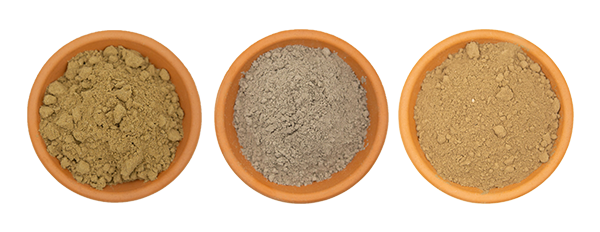What Is Food Grade Plastic? Safe Containers Explained
By GWC | 28 May 2018

Cover photo by Sagar Chaudhray
Take a quick look around your home and office and notice just how many products have different forms of plastic in them. There’s your recycling can, the kids’ fire truck in the corner, the bottle of aspirin in your medicine cabinet and your water bottle on the counter.
Each of these products is made from plastic products but each is different and unique, something we rarely consider when we think about plastic products — if you think about them at all.
The media often paints all plastic products with the same broad stroke. After all, all plastic is made from hydrocarbons derived from petroleum or natural gas. So, plastic is plastic is plastic, right? Actually, no.
While all plastic does come from petroleum or natural gas, the processes involved vary and affect the purity level of the finished product. That fire truck you just tripped over the eighth time varies significantly from the plastic in your garbage can, and, more importantly, from the plastic in your water bottle.
Any plastic that comes into contact with something humans will consume including beverages and food is held to a much higher standard than other forms of plastic. So, let’s take a look at what we mean when we use the term “food grade plastic.”
Food Grade Plastic Regulations
The government develops regulations regarding food grade plastic. In Canada, Health Canada oversees these regulations. In the United States, the Food and Drug Administration (FDA) creates the regulations.
Both agencies, however, have similar requirements. Food grade plastic must meet certain standards of purity. It cannot contain dyes, other additives or recycled plastic products deemed harmful to humans. Food grade plastic can contain some levels of recycled materials as long as those materials fit the guidelines and regulations outlined by the regulatory agency.
Additionally, some foods leach additives from their containers and these foods, particularly acidic foods, must go into more product specific containers.
Types of Plastic
All plastic products in the U.S. or Canada carry a symbol with a number on it ranging from 1 to 7. These numbers mean the same thing in both countries. Not all types of plastic, though, are suitable for all types of food.
Many food grade plastic containers fall into the high density polyethylene — or HDPE — category. It has excellent chemical resistant properties making it suitable for a wide range of foods and other products.
For example, most juice or milk containers and five gallon food buckets are made from HDPE. In the U.S. and Canada, HDPE products have the plastic code 2.
Another common form of food grade plastic is polyethylene terephthalate or PET/PETE. These carry the plastic code 1 and are often used for products like salad dressing, peanut butter, and jelly jars.
Making the Right Choice
Choosing the right plastic product for your food supplies involves working with a trusted container supplier. Because each type of plastic can work with certain types of food, knowing what food grade plastic product you need for your consumable requires strict attention to detail.
You would not, for example, want to place a highly acidic food like pickles or tomatoes into a plastic container where it could leach chemicals and additives into the food product.
It’s best to stick to products labeled as food safe or food grade or those products sold through reliable distributors with a demonstrated record of compliance with government regulations.
So the next time you pick up a plastic product, consider what kind of plastic you hold in your hand. Food grade plastic does make a difference.



